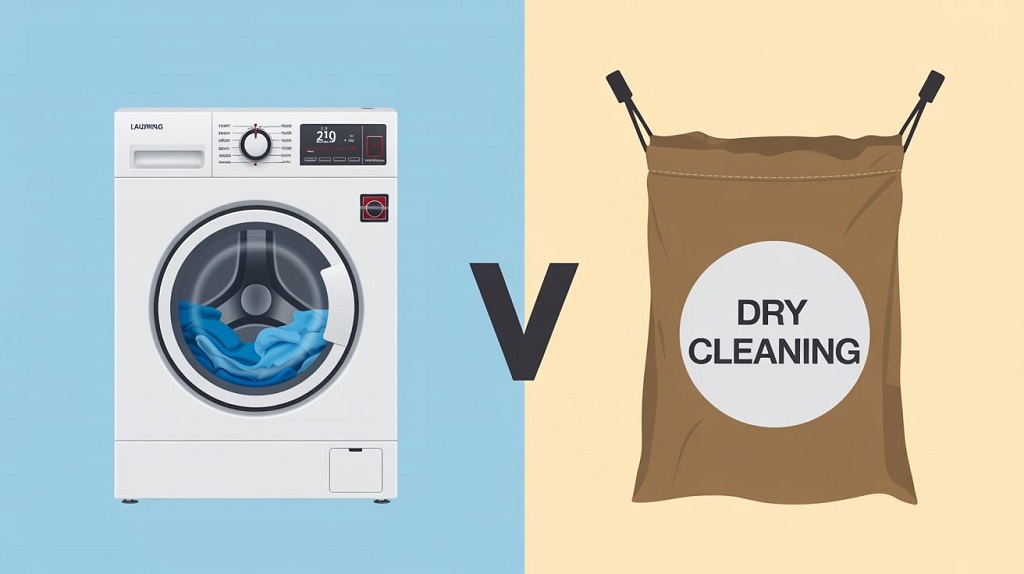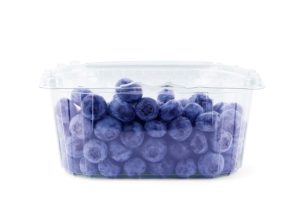Laundry vs. Dry Cleaning: What’s Right for Your Clothes?
Have you ever stood in front of your closet, holding a favorite silk blouse or wool suit, wondering whether to toss it in the washing machine or take it to the dry cleaner? You’re not alone. Choosing between laundry and dry cleaning can feel like a gamble with your wardrobe. Make the wrong choice, and you risk shrinking, fading, or ruining your clothes. But the right decision can extend the life of your garments and keep them looking pristine. In this article, we’ll break down the differences between laundry and dry cleaning, explore which method suits specific fabrics, and help you make informed choices to care for your clothes. Let’s dive in and clear up the confusion once and for all.
What Is Laundry?
Laundry is the process of washing clothes with water, detergent, and sometimes additional products like fabric softener or bleach. It’s typically done at home using a washing machine and dryer or by hand for delicate items. Laundry is ideal for everyday clothing that can withstand water and agitation without damage.
Types of Laundry
- Machine Washing: Suitable for durable fabrics like cotton, polyester, and denim.
- Hand Washing: Best for delicate items like lingerie or lightweight knits.
- Cold Wash: Preserves colors and is energy-efficient.
- Hot Wash: Effective for sanitizing heavily soiled items like towels or bedding.
Laundry is cost-effective and convenient, especially for households with regular washing needs. However, it’s not always the best choice for every garment.
What Is Dry Cleaning?
Dry cleaning uses chemical solvents, typically perchloroethylene (perc), instead of water to clean clothes. The process involves placing garments in a specialized machine that gently cleans them without the abrasion of water-based washing. Dry cleaning is often recommended for delicate, structured, or stain-prone fabrics that might not survive a traditional wash.
Key Features of Dry Cleaning
- Solvent-Based Cleaning: Removes oil-based stains like grease or makeup effectively.
- No Water: Prevents shrinking, stretching, or color bleeding in sensitive fabrics.
- Professional Handling: Includes pressing and minor repairs for a polished finish.
Dry cleaning is pricier than laundry and requires a trip to the cleaner, but it’s a lifesaver for high-end or specialty garments.

Laundry vs. Dry Cleaning: Key Differences
To decide what’s right for your clothes, let’s compare laundry and dry cleaning across several factors:
| Factor | Laundry | Dry Cleaning |
| Cleaning Method | Water and detergent | Chemical solvents |
| Best For | Cotton, polyester, denim | Silk, wool, leather, suede |
| Cost | Low (home) or moderate (laundromat) | Higher ($5–$20 per item) |
| Convenience | Home or laundromat | Drop-off/pick-up required |
| Environmental Impact | Water and energy use | Chemical solvents (eco-friendly options available) |
| Turnaround Time | Same day (home) | 1–3 days |
Understanding these differences is the first step to choosing the right care method for your wardrobe.
When to Choose Laundry
Laundry is the go-to option for most everyday clothing. Here’s when it’s the best choice:
Suitable Fabrics
- Cotton: T-shirts, jeans, and bedding handle machine washing well.
- Polyester: Athletic wear and blends are durable and colorfast.
- Nylon: Swimwear and outerwear often tolerate water-based cleaning.
Situations
- Daily Wear: Casual clothes like socks, underwear, and workout gear.
- Heavy Soiling: Towels, dishcloths, or kids’ clothes with dirt or food stains.
- Budget-Friendly Needs: Home laundry saves money over professional services.
Pro Tips for Laundry
- Read Care Labels: Look for “machine washable” or water temperature guidelines.
- Sort by Color and Fabric: Prevent bleeding and damage by separating lights, darks, and delicates.
- Use Gentle Detergents: Harsh chemicals can fade or weaken fibers over time.
Laundry is practical and versatile, but it’s not a one-size-fits-all solution. Some fabrics need extra care to avoid damage.
When to Choose Dry Cleaning
Dry cleaning shines for garments that are delicate, structured, or made of specialty materials. Here’s when to opt for it:
Suitable Fabrics
- Silk: Blouses or dresses that might lose shape or sheen in water.
- Wool: Sweaters and coats that can shrink or felt in a washer.
- Leather and Suede: Require specialized cleaning to maintain texture.
- Rayon or Acetate: Prone to shrinking or warping when wet.
Situations
- Formalwear: Suits, dresses, or gowns with intricate details or linings.
- Stains: Oil-based stains like lipstick or salad dressing are best handled by solvents.
- Preserving Structure: Jackets or blazers that need to retain their shape.
Pro Tips for Dry Cleaning
- Check Labels: Look for “dry clean only” or “dry clean recommended.”
- Point Out Stains: Inform your cleaner about specific spots for targeted treatment.
- Choose Eco-Friendly Cleaners: Some use green solvents like liquid CO2 to reduce environmental impact.
Dry cleaning is essential for high-value or fragile items, but it’s not necessary for every piece in your closet.
Common Misconceptions About Laundry and Dry Cleaning
Let’s debunk a few myths that might cloud your judgment:
- Myth 1: Dry Cleaning Is Always Better
Not true. Over-dry-cleaning can wear out fabrics, and many items like cotton shirts do just fine with laundry. - Myth 2: Laundry Ruins All Delicates
Hand washing or using a gentle cycle can safely clean many delicate items. - Myth 3: Dry Cleaning Is Harmful to the Environment
While traditional solvents like perc raise concerns, many cleaners now offer eco-friendly alternatives. - Myth 4: You Can Ignore Care Labels
Care labels exist for a reason. Ignoring them risks damaging your clothes.
By understanding the facts, you can make smarter decisions about clothing care.
How to Read Care Labels
Care labels are your roadmap to proper garment care. Here’s a quick guide to common symbols:
- Washing Machine Icon: Machine washable; numbers indicate max temperature (e.g., 30°C).
- Hand Icon in Tub: Hand wash only.
- Circle with P or F: Dry clean only (letters indicate specific solvents).
- Triangle: Bleaching instructions (filled triangle means bleach is okay).
- Square with Circle: Tumble dry; dots indicate heat settings.
Always check labels before cleaning to avoid costly mistakes.
Cost and Sustainability Considerations
Cost
- Laundry: Home washing costs pennies per load (detergent, water, electricity). Laundromats charge $2–$5 per load.
- Dry Cleaning: Prices vary by item—$5 for a shirt, $15–$20 for a suit or dress. Frequent dry cleaning can add up.
Sustainability
- Laundry: Uses significant water and energy. Opt for cold washes and high-efficiency machines to reduce impact.
- Dry Cleaning: Traditional solvents can harm the environment, but green dry cleaning methods like wet cleaning or CO2 cleaning are more sustainable.
Balancing cost and eco-consciousness depends on your priorities and the garments you’re cleaning.
Read More Also: Prepare the Exterior of a House for Painting
How to Extend the Life of Your Clothes
Whether you choose laundry or dry cleaning, these tips will keep your wardrobe in top shape:
- Spot Clean First: Treat stains immediately to avoid setting.
- Avoid Overwashing: Frequent cleaning can fade or weaken fibers.
- Store Properly: Hang structured items like suits; fold knits to prevent stretching.
- Invest in Quality: Higher-quality fabrics often last longer with proper care.
Taking a proactive approach to clothing care saves money and reduces waste.
Read More Also: How to Style a Verandah
Conclusion: Make the Right Choice for Your Wardrobe
Choosing between laundry and dry cleaning doesn’t have to be a guessing game. By understanding your fabrics, reading care labels, and weighing factors like cost, convenience, and sustainability, you can keep your clothes looking their best. Laundry is perfect for durable, everyday items, while dry cleaning is the go-to for delicate or structured garments. Next time you’re unsure, refer to this guide to make an informed decision.
Call to Action: Have a tricky garment you’re unsure how to clean? Share your questions in the comments below or consult a local dry cleaner for expert advice. Let’s keep your wardrobe fresh and fabulous!





